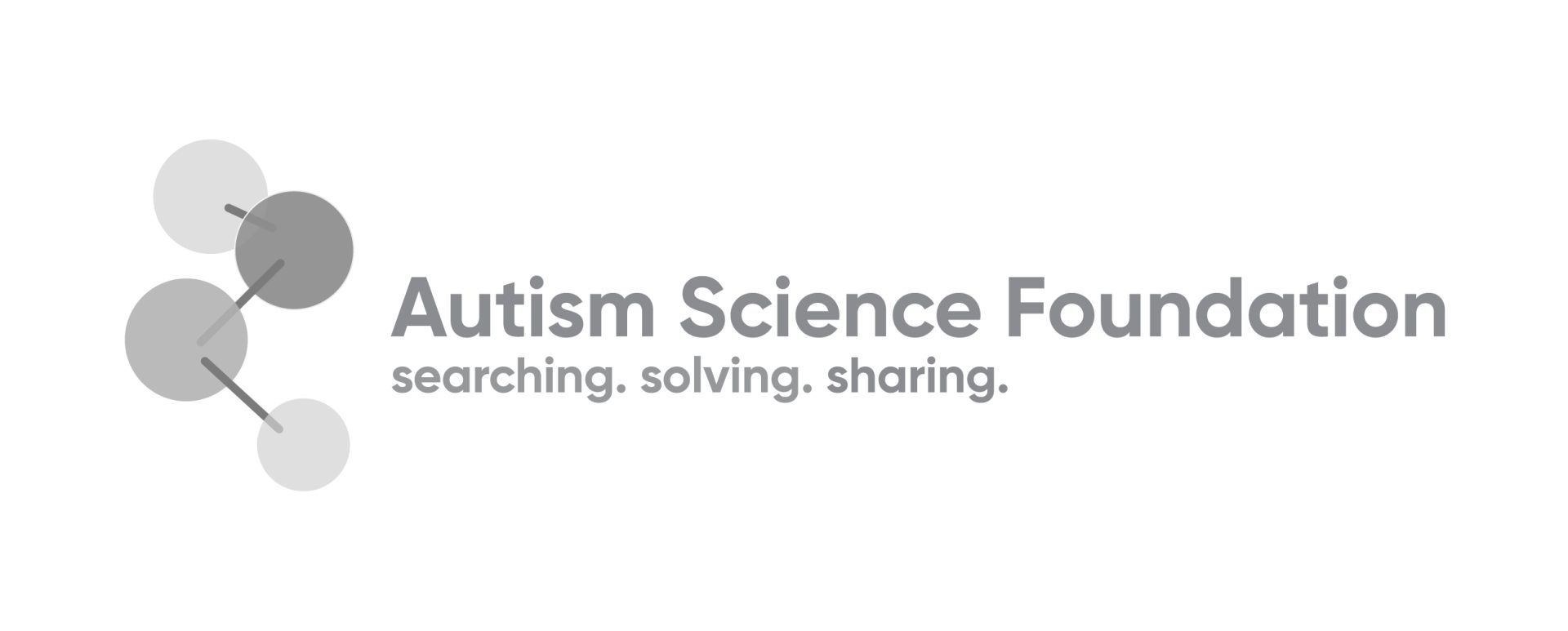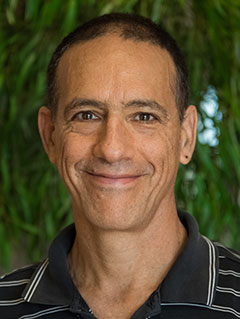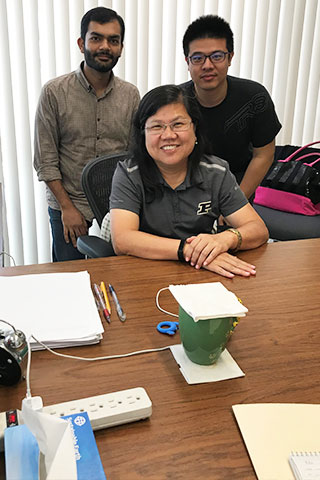This new concept will help people at the severe end of the autism spectrum gain better access to critical services
NEW YORK — December 7, 2021 — The Autism Science Foundation (ASF), a nonprofit organization dedicated to supporting and funding innovative autism research, today calls attention to the publication of a new Lancet Commission report, which formally recognizes the need for and endorses the use of the term “profound autism” for the first time in a peer-reviewed medical journal.
The Commission reports that the term “profound autism” is critical to distinguish individuals who have high dependency needs. “Profound autism” describes autistic people who are unable to advocate for themselves and are likely to need 24-hour support throughout their lives. The concept is introduced within its new special issue, The Lancet Commission for the Future of Care and Clinical Research of Autism. The Commission was formed in 2018 by international experts who concluded that a new, comprehensive model of autism care and treatment that prioritizes personalized, stepped care approaches is urgently needed.
“As an autism advocate and mother of a child with profound autism, I am thrilled to see The Lancet formally recognize the term profound autism, which provides critical specificity within the extremely broad autism spectrum,” said ASF Co-Founder and President Alison Singer, a member of the Lancet Commission who also just shared an op-ed published in STAT News explaining why normalizing the term ‘profound autism’ is so important.
“The term ‘autism’ is now so broadly applied that it fails to indicate the types of challenges or needs a person faces,” Singer continued. “The goal of adding this new descriptor is to enable countries and communities to plan for the appropriate treatment and service needs of this long-overlooked population, as their needs are dramatically different from those with the milder forms of autism we typically see on television and in the news media. Also, people with profound autism are also often excluded from research on Autism Spectrum Disorder (ASD), resulting in disparity in who benefits from research.
The Lancet Commission proposes that the designation of ‘profound autism’ be adopted for people with autism who are minimally verbal or non‐verbal, are not able to advocate for themselves, and require 24‐hour access to an adult who can care for them. The authors propose that the designation be used to encourage both the clinical and research global communities to prioritize the needs of this vulnerable and underserved population. The authors validated the designation of profound autism against three databases, and found that it would apply to anywhere between 18% to 48% of people with autism.
Dr. Catherine Lord, a professor at UCLA’s Center for Autism Research & Treatment, Lancet Commission co-Chair and a member of ASF’s Scientific Advisory Board, first publicly introduced the term “profound autism” at ASF’s 2020 Day of Learning, explaining that the goal was to create “useful categories that might bring attention to the different needs of different people.”
“This is not an ideological subtype. It just reflects the degree of services,” said Lord. “We hope that this will move us forward to different ways of looking at different aspects of autism.”
About the Autism Science Foundation
The Autism Science Foundation (ASF) is a 501(c) (3) public charity. Its mission is to support autism research by providing funding to scientists and organizations conducting autism research. ASF also provides information about autism to the general public and serves to increase awareness of autism spectrum disorders and the needs of individuals and families affected by autism. To learn more about the Autism Science Foundation or to make a donation, visit www.autismsciencefoundation.org.
Kathy Ehrich Dowd
Forefront Communications for Autism Science Foundation
617-970-5842





